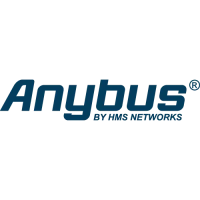120
Doc.Id. HMSI-27-212
Anybus CompactCom 40 EtherNet/IP
Doc.Rev. 1.5
Command Details: Send
Category
Extended
Details
Command Code.: 17h
Valid for: Instance
Description
This command sends data on a connected socket. Message segmentation may be used to send up to 1472
bytes (see “Message Segmentation” on page 189).
NON-BLOCKING mode:
If there isn’t enough buffer space available in the send buffers, the module will respond with er-
ror code 0006h (EWOULDBLOCK)
BLOCKING mode:
If there isn’t enough buffer space available in the send buffers, the module will block until there
is.
• Command Details
Note: To allow larger amount of data (i.e. >255 bytes) to be sent, the command data may be
segmented (see “Message Segmentation” on page 189).
• Response Details
Field Contents Notes
CmdExt[0] (reserved) (set to zero)
CmdExt[1] Segmentation Control see “Command Segmentation” on page 190
Data[0...n] Data to send -
Field Contents Notes
CmdExt[0] (reserved) (ignore)
CmdExt[1]
Data[0] Number of sent bytes (low) Only valid in the last segment
Data[1] Number of sent bytes (high)

